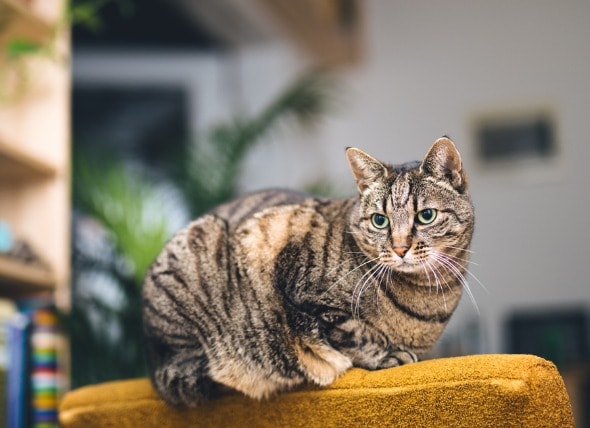diabetic ketoacidosis in cats survival rate
DKA occurs when a diabetic patient develops a secondary medical condition that places additional stress on the cells and body. The median survivalof diabetic catswas 516 days range 1 to 3468 days.
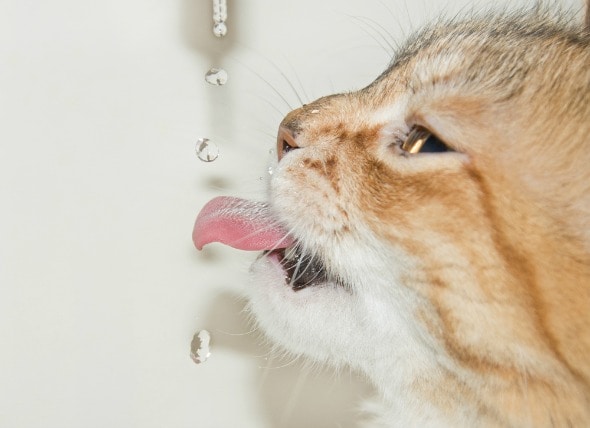
What Is Diabetic Ketoacidosis Dka In Cats Petmd
Diabetic ketoacidosis DKA is an acute lifethreatening metabolic complication of feline diabetes mellitus DM and mortality rates range from 17 to 50.

. Five of these ketoacidotic cats died or were euthanized between 1 and 8 days after diagnosis. Callegari C Mercuriali E Hafner M. The kidneys are unable to filter all of the ketones from the blood.
Median hospitalisation was 5 days with up to 40 having. Ketoacidosis is one of the most extreme complications of diabetes mellitus that can be experienced. Severe diabetic ketoacidosis is a medical emergency and requires prompt treatment to correct dehydration electrolyte disturbances and acidosis.
The median survival of diabetic cats was 516 days range 1 to 3468 days. Symptoms of Diabetic Ketoacidosis. A cat may experience diabetic ketoacidosis if they have undiagnosed or untreated diabetes.
Diabetic ketoacidosis requires urgent veterinary treatment. Your cat will remain alert and active. 114 cases 2000.
Causes of Diabetic Ketoacidosis in Cats. Other causes can include. The initial rate of fluid administration depends on the patients hydration status.
Dogs with concurrent Cushings are less likely to leave the hospital. As a result these ketones build up in the bloodstream turning the blood extremely acidic. Glargine can be administered to ketoacidotic cats by.
Diabetes usually affects middle-aged to older cats with a mean age of seven years. 1-6 Despite this studies are scarce and current treatment recommendations are mostly extrapolated from experiences in people and dogs. Once pets survive the life-threatening DKA portion of the disease and go on to become routine diabetics and do well after 6 months of treatment many will have a good quality of life for more than 5 years.
DKA may also occur if a cats diabetes is extremely poorly regulated. Diabetic ketoacidosis DKA is an acute life-threatening metabolic complication of feline diabetes mellitus DM and mortality rates range from 17 to 50. Well-regulated diabetic cats can develop DKA following a trigger that stresses their system.
Subcutaneous glucose monitoring systems are also available and are clinically accurate in patients with DKA although accuracy is better in well hydrated patients Reineke et al 2010 Prognosis. Ketoacidosis the buildup of ketone waste products in the blood that occurs when the body burns fat and protein for energy instead of using glucose is caused by insulin. Diabetic ketoacidosis DKA is a not uncommon emergency in both newly diagnosed and poorly regulated diabetic cats.
Most cats who develop ketoacidosis are diabetics who have had a recent diagnosis. 50 mlkghr for cats is used for volume resuscitation of animals with hypovolemic shock. The rate can range from 60mlkg24 hours to 100ml kg24 hours but depends on the assessment of hydration status cardiovascular status urine output and continued fluid loss through vomiting andor diarrhoea.
Approximately 70 of dogs and cats survive to discharge. This increases the energy needs of the cell and tissues which results in the body turning to ketones as an energy source. Five of these ketoacidotic catsdied or were euthanized between 1 and 8 days after diagnosis.
With ketoacidosis the lack of insulin causes the body to burn fat and muscle creating ketones. Median hospitalization is 6 days dogs and 5 days cats. As the ketones build up the electrolyte levels become imbalanced and the pH level of the cats blood becomes dangerously acidic.
In the early stages of the disease the effects are not obvious. Most patients with DKA survive to discharge. Reportedly most dogs and cats with DKA 70 survive to discharge.
Infusing intravenously at a rate of 005-01 Ukghr and rate adjusted to. The term ketoacidosis refers to a condition in which levels of acid abnormally increased in the blood due to presence of ketone. Approximately 7 of dogs and up to 40 of cats experience DKA again.
The exact cause of diabetes in cats is unknown but it is often accompanied by obesity chronic pancreatitis hormonal disease or the use of corticosteroids like Prednisone. When there is a heightened metabolic rate and energy requirement due to concurrent illness an increase in the release of glucose counter-regulatory hormones causes insulin receptor resistance lipolysis free fatty acid release and. Ketoacidosis developed in six catsafter dischargethree of these had been diagnosed with ketoacidosisat initial examination.
The shock dose of fluid 90 mlkghr for dogs. When there is a heightened metabolic rate and energy requirem. The fluid of choice is physiologic saline 09 sodium chloride solution.
Practical relevanceDiabetic ketoacidosis DKA is a not uncommon emergency in both newly diagnosed and poorly regulated diabetic cats. The 3 cornerstones of therapy are rehydration correction of. Survival time and prognostic factors in cats with newly diagnosed diabetes mellitus.
In one study of 42 cats with DKA or ketosis without acidosis 70 of cats survived to discharge. Diabetic Ketoacidosis in Cats. Diabetic ketoacidosis DKA is an acute life-threatening metabolic complication of feline diabetes mellitus DM and mortality rates range from 17 to 50.
It is uncertain how long it will stay active in these solutions so suggest a new solution is made every 24hrs. See more result. Unfortunately most cases of ketoacidosis are in patients who were not previously known to be diabetic so the owner and pet must deal.
It is a complication of insulin dependent Diabetes Mellitus. However the symptoms of diabetic ketoacidosis become very visible. The 3 cornerstones of therapy are.
DKA is the result of marked insulin deficiency and ketonaemia and ketoacidosis occur approximately 15 days after insulin. Ketoacidosis developed in six cats after dischargethree of these had been diagnosed with ketoacidosis at initial examination. 1 2 3 4 5 6 Despite this studies are scarce and current treatment recommendations are mostly extrapolated from experiences in people and dogs.
The cellular demand for glucose triggers the pancreas to release glucagon which causes the liver to produce even more glucose.
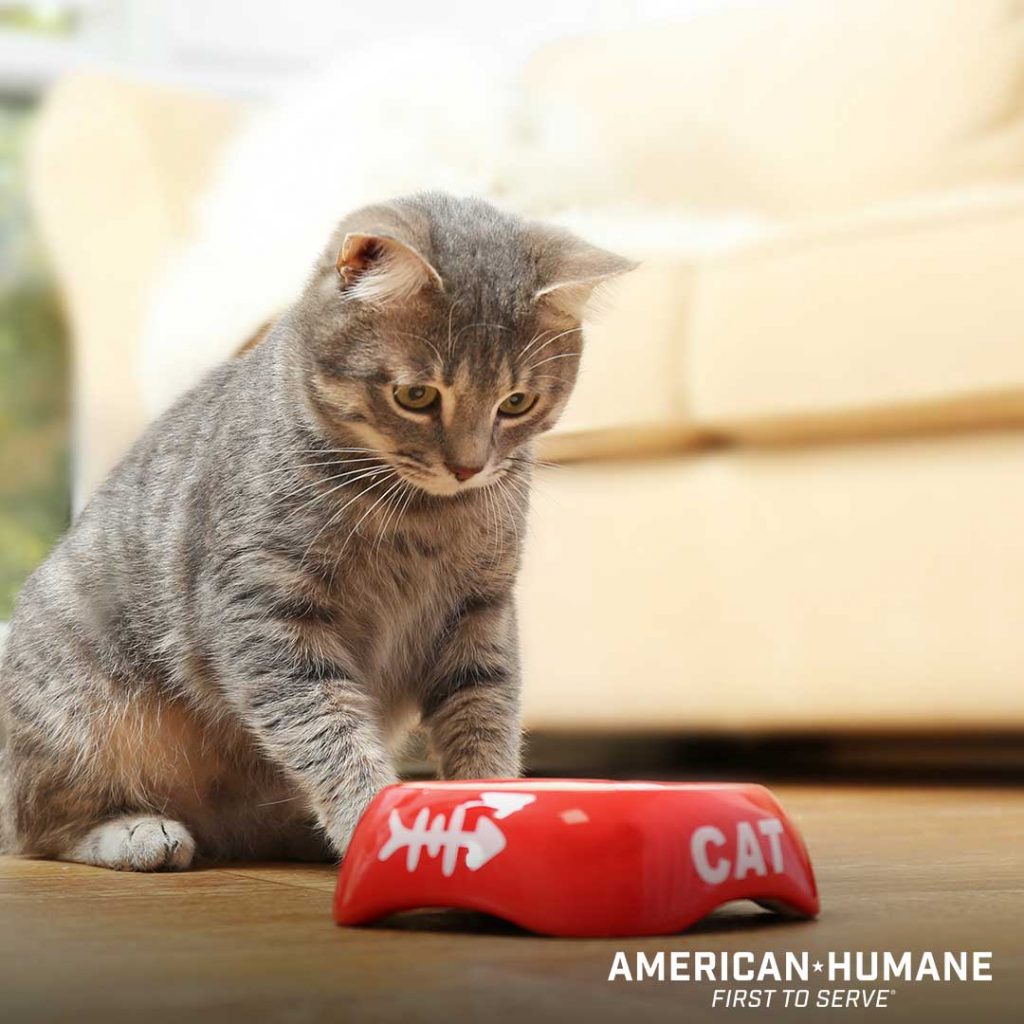
Feline Diabetes American Humane American Humane

Why Diabetes Is Not A Death Warrant For Cats Petmd

Symptoms And Causes Of Cat Nausea Petplace Cats Cat Care Pets

The Diabetic Cat With Inflammatory Bowel Disease Today S Veterinary Practice

Management Of Feline Diabetes Mellitus Veterinary Practice

Updates In Feline Diabetes Mellitus And Hypersomatotropism Veterinary Clinics Small Animal Practice

Feline Diabetes Mellitus Updates On Diagnosis Treatment Today S Veterinary Practice

An Uncontrolled Diabetic Cat Today S Veterinary Practice

An Uncontrolled Diabetic Cat Today S Veterinary Practice

An Uncontrolled Diabetic Cat Today S Veterinary Practice
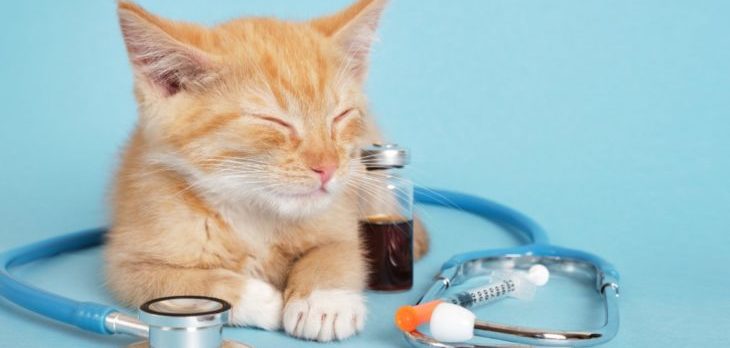
How Long Can A Diabetic Cat Go Without Insulin

The Cost Of Cat Diabetes What You Need To Know
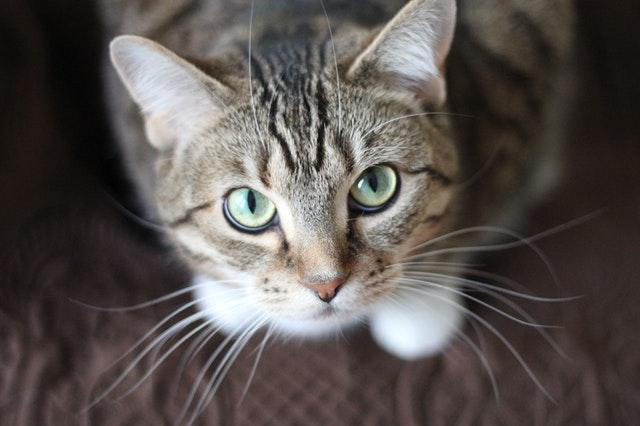
Diabetes And Hyperthyroidism In Cats
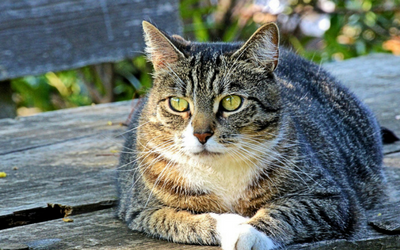
Diabetic Remission In Cats Vca Animal Hospitals

Management Of Feline Diabetes Mellitus Veterinary Practice

How Long Can A Cat With Diabetes Live Without Treatment Hepper
